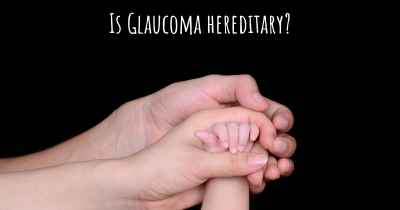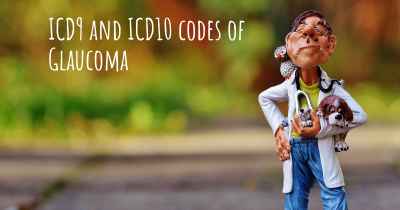How is Glaucoma diagnosed?
See how Glaucoma is diagnosed. Which specialists are essential to meet, what tests are needed and other useful information for the diagnosis of Glaucoma

How is Glaucoma Diagnosed?
Glaucoma is a group of eye conditions that can cause damage to the optic nerve, leading to vision loss or blindness if left untreated. It is often referred to as the "silent thief of sight" because it typically progresses slowly and without noticeable symptoms until the later stages. Therefore, early detection and diagnosis are crucial in managing and preventing further damage.
Comprehensive Eye Examination:
The first step in diagnosing glaucoma is a comprehensive eye examination performed by an eye care professional, such as an ophthalmologist or optometrist. This examination involves several tests and evaluations to assess the overall health of the eyes and detect any signs of glaucoma.
Medical History:
The eye care professional will start by taking a detailed medical history, including any family history of glaucoma or other eye conditions. They will inquire about any symptoms or visual changes the patient may have noticed.
Visual Acuity Test:
A visual acuity test is conducted to measure the sharpness and clarity of the patient's vision. This test involves reading letters or numbers from a standardized eye chart placed at a specific distance. It helps determine if there are any significant visual impairments.
Eye Pressure Measurement:
One of the primary risk factors for glaucoma is increased intraocular pressure (IOP). Therefore, measuring the eye pressure is an essential part of the diagnostic process. The most common method used is called tonometry. It can be performed using various techniques, including the "air puff" test or the Goldmann applanation tonometry, which involves gently touching the cornea with a specialized device.
Visual Field Test:
A visual field test, also known as perimetry, is conducted to assess the patient's peripheral vision. It helps detect any abnormalities or blind spots that may indicate optic nerve damage caused by glaucoma. During this test, the patient focuses on a central point while responding to the appearance of lights or objects in their peripheral vision.
Gonioscopy:
Gonioscopy is a procedure used to examine the drainage angle of the eye. It involves the use of a special lens to visualize the structures at the front of the eye, including the trabecular meshwork. This test helps determine if the angle is open or closed, which is crucial in diagnosing certain types of glaucoma.
Optic Nerve Evaluation:
The optic nerve is examined using various techniques, such as ophthalmoscopy or funduscopy. These methods allow the eye care professional to visualize the optic nerve head and assess its appearance, color, and any signs of damage or abnormalities. They may also use imaging technologies, such as optical coherence tomography (OCT), to obtain detailed cross-sectional images of the optic nerve.
Pachymetry:
Pachymetry is a test used to measure the thickness of the cornea. It is an important factor in determining accurate intraocular pressure readings. Thinner corneas may lead to falsely low pressure measurements, while thicker corneas may result in falsely high readings. Therefore, pachymetry helps ensure accurate diagnosis and treatment decisions.
Regular Monitoring:
Once diagnosed with glaucoma, regular monitoring is essential to track the progression of the disease and evaluate the effectiveness of treatment. This typically involves periodic comprehensive eye examinations, including the aforementioned tests, to assess changes in eye pressure, visual field, and optic nerve health.
Conclusion:
Diagnosing glaucoma requires a combination of various tests and evaluations performed by eye care professionals. Early detection and diagnosis are crucial in preventing vision loss and managing the condition effectively. If you have any concerns about your eye health or are at risk for glaucoma, it is important to schedule regular eye examinations with a qualified eye care professional.
Posted Feb 22, 2017 by Akhtar ali 1120








